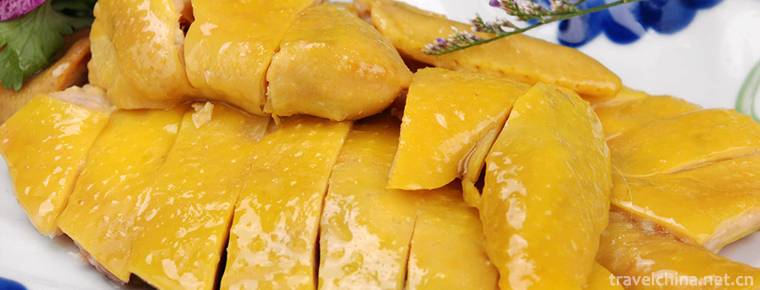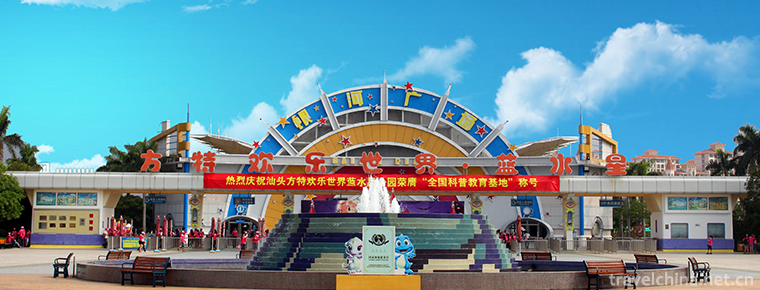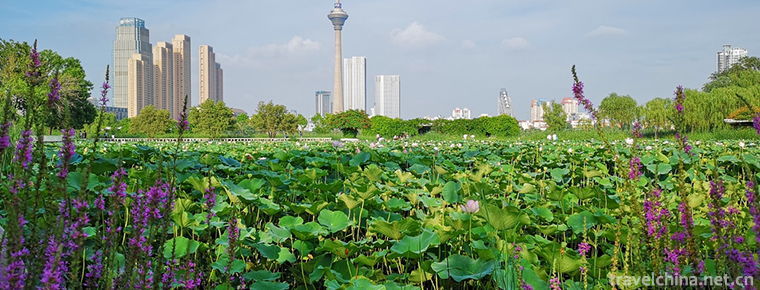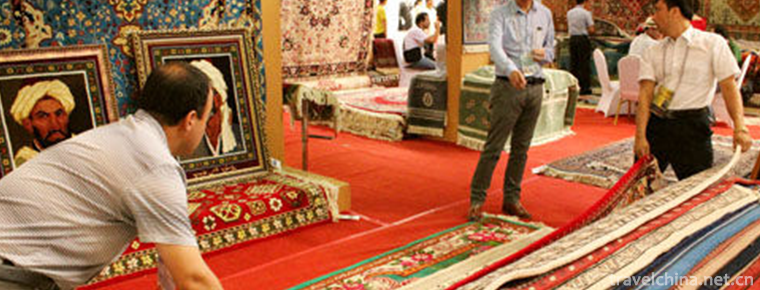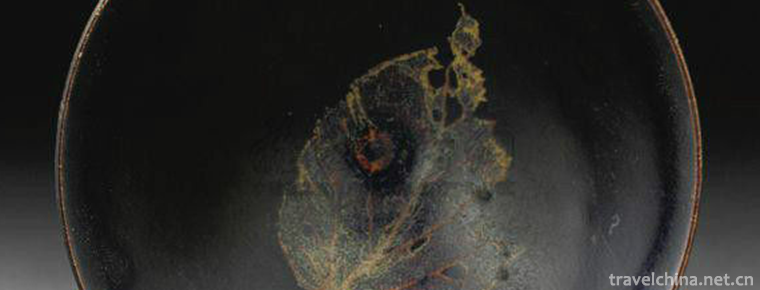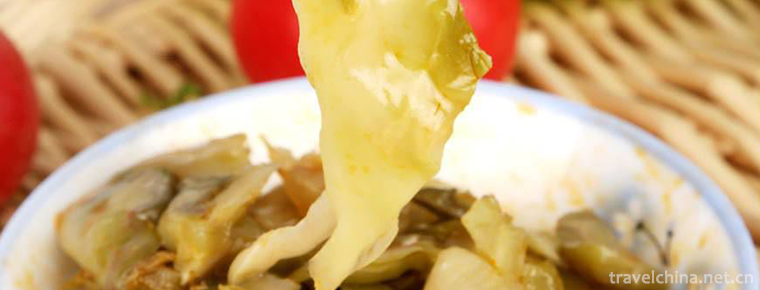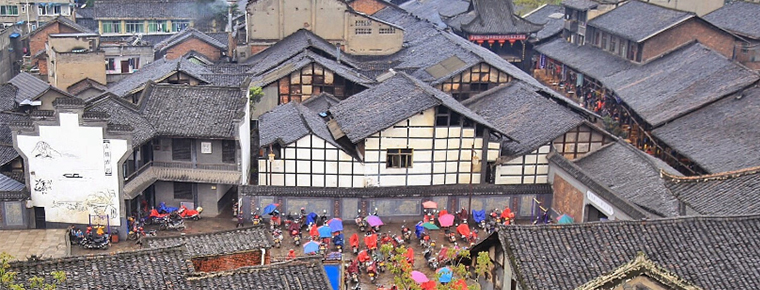Dongchuan Red Land Scenic Area
"Dongchuan Red Earth" is located in the north-east direction of Kunming, is a red earth town under the jurisdiction of Dongchuan District of Kunming City. The journey from Kunming to the scenic spot is about 250 kilometers. The main scenic spots are between 1800 and 2600. Red soils developed under high temperature and rainy conditions in Dongchuan, Yunnan Province, contain more iron and aluminum, less organic matter, strong acidity and heavy clay. Nearly a hundred miles around here is the most concentrated, typical and distinctive red earth on the Yunnan laterite plateau. Lined with blue sky, white clouds and unpredictable light, red earth is a magnificent sight. In the scenic spot grows a sand pine, pine fir, said to have more than 1000 years old, withered for three years and spit out new buds, the local villagers called it "old dragon tree," bless the villagers. When they went to the old Longshu scenic spot, Chen Yuxiao was suddenly shocked by thunder and thunder, and the instantaneous sunrise was said to be a Lucky Elephant once in a decade.
Yunnan is located in a warm and humid environment, the iron in the soil is oxidized and slowly deposited, gradually forming a dazzling color. Dongchuan red earth refers to the red earth town located more than 40 kilometers southwest of Dongchuan District of Kunming City. There is a place called "Huashi" (at 109 kilometers of milestones). The area around 100 miles here is the most concentrated, typical and characteristic red earth on the Yunnan red earth plateau. From September to December of each year, some of the red earth is turned over for planting, and some of it has been planted with green barley or wheat and other crops. From afar, it looks like a patch of sky-painted color, colorful, with blue sky, white clouds and unpredictable beams of light, forming a spectacular landscape of the red earth.
Red soil is a kind of low-yielding and barren soil, mainly because of the acceleration of "red soil desertification" by man-made and natural weather factors. Because of the large population, less land, over-exploitation, deforestation, and the characteristics of the soil itself, the soil productivity in red soil area is low, soil erosion is serious, and in many areas serious degradation, the formation of "red desertification". Slope reclamation or excessive reclamation, or deforestation and reclamation, deforestation and pay damage to surface vegetation resulting in soil erosion, land degradation. In addition, the soil erosion in the hilly area of the south is serious, and the harm is greater than that of the Loess Plateau. It causes the stone to be exposed and cannot be restored to form "red desert".
Red desertification: southern hilly area, soil erosion, land degradation, red soil exposure
Rocky desertification: further erosion of rocky bareness in degraded red soil
Yellow desert: Desert in Northwest China
White desert: snow cover on Antarctica
Land desertification: land desertification, land salinization, red desertification and rocky desertification.
Located more than 40 kilometers southwest of Dongchuan District of Kunming City, Dongchuan Red Earth, a place called "Flower Stone" (at 109 kilometers of milestones), is considered by experts to be the most powerful red earth in the world except Rio de Janeiro, Brazil, and its scenery is even more magnificent than Brazilian red earth.
Looking at the mountains and fields showing a dark red, purple red, brick red and other different red, hundreds of miles around the hills, hillsides, rape flowers and potato flowers are blooming enthusiastically, golden wheat waves in the cool mountain wind like blue waves rolling, one layer of green, one layer of white, one layer of red, one layer of gold.
Dongchuan red earth is located in the Wumeng Mountains. It belongs to the plateau mountainous terrain. The mountains are crisscrossed, the hills are uneven, the red earth hills are endless, and the influence of monsoon forms a mild, dry and wet plateau monsoon climate. The best season for red earth photography is from September to December, when rape, potatoes and buckwheat are harvested, winter wheat is sprouting and jointing, and the poplar trees are yellow and lacquer trees are red in the roadside, village and woods, followed by January and February, when wheat is growing vigorously and the moon fields are full of water; and May and June, when winter wheat is sprouting and jointing. The rape is blooming and the wheat is ripe. These seasons are colorful seasons.
The most beautiful color, the most honest smile.
The best season for red soil photography is May-June and September-December, different seasons can see different scenery, summer potatoes blossom, wheat maturity, autumn part of the red soil ploughing, the other part of the red soil has been planted with green barley or wheat, Yunnan's unique white rape has blossomed, color is rich. According to the locals, the third day after the rain is the most beautiful time for the red earth, and the rain-drenched land is richer in color in the sun. After the heavy rain, the clouds dispersed, the sun shone high, the sky became more and more blue and moving, the clouds changed their postures, the light and shadows cast in the fields changed from time to time, each second was a new picture. When you are lucky, you can see the rainbow and the red earth.
Walking on the soft and wet red earth, overlooking the land in the rain moistened by oil-like color, bright and bright. The red is more intense, the green is more gorgeous, the yellow is particularly dazzling, the white is pure. The work of farm workers in the field is like art. No, it is creating art. The colorful patches gradually formed and slowly changed in their hands. How amazing! The only thing to do at this time is to quickly raise the camera in hand.
If you want to feel the most real red soil, you must track down the farmers' footprints. They are the creators of the red earth, the real masters of the land, and the most vivid natural scenery in the world. Under the blue sky, on the red earth, they worked as a family, herded cattle and ploughed, leaving behind a string of loosened soil. The children are in the field, doing something with their adults. Every simple face, every curious look, every simple smile, is the most killing film. But before you press the shutter, you'd better ask for their permission, and after that, you'd better prepare some small change. Since you've asked for something from someone else, you should give something back.
The people of Dongchuan are simple, and these kind-hearted people will often lend a helping hand when you need it most. Relatively scattered among the various scenic spots in the laterite, the distance between them is also relatively far, in general, need to charter a car to go, the cost of a day in 150-200 yuan. If you don't charter a car, you can only walk. It's impossible to finish all the attractions in one day. Walking tired, if you encounter a passing motorcycle on the road, as long as you wave, someone will stop to help you go where you want to go, and will never charge any material return, people are grateful. In the evening, on the side of the road, occasionally there will be people driving carriages, sheep evening, laughing and shouting: take a good picture, on TV!

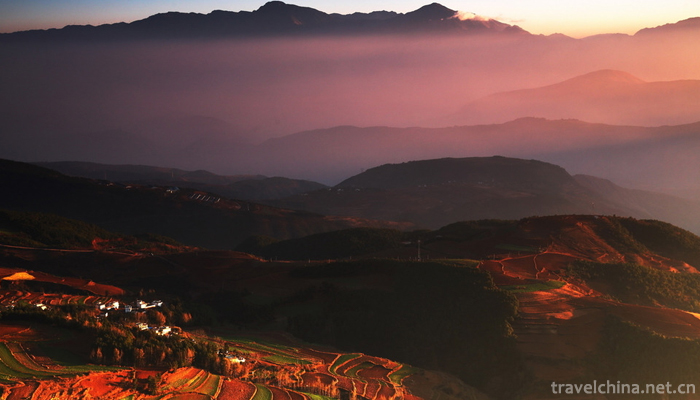
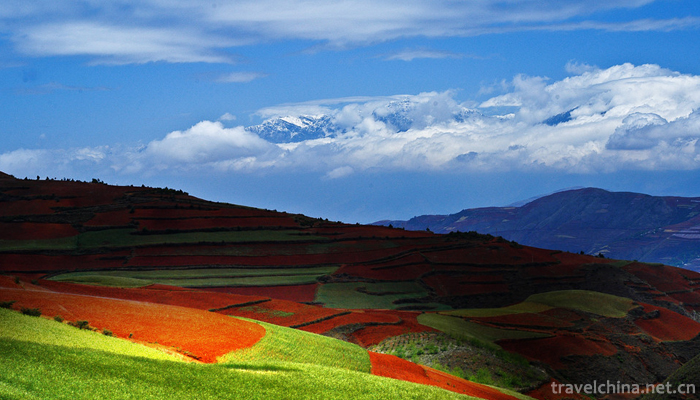
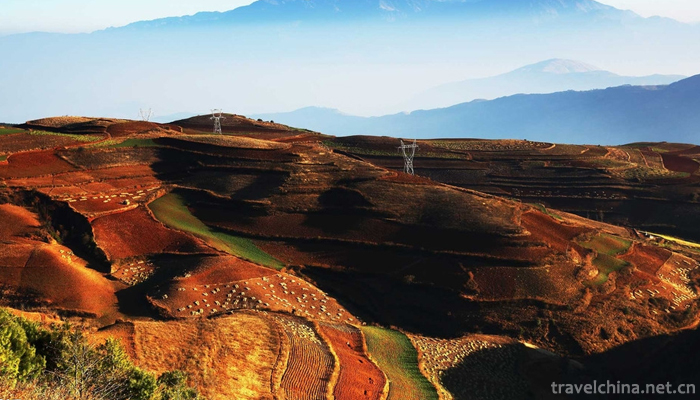
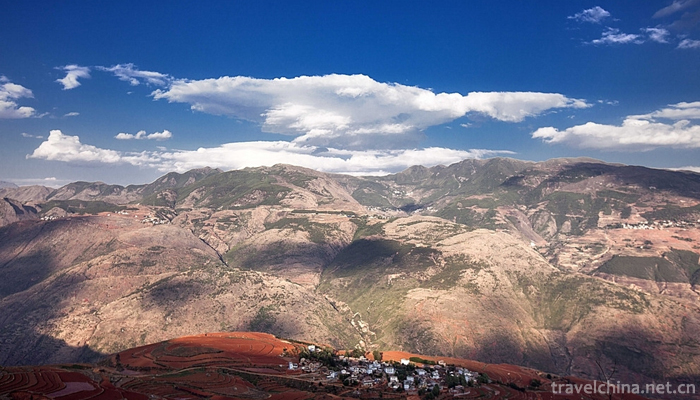
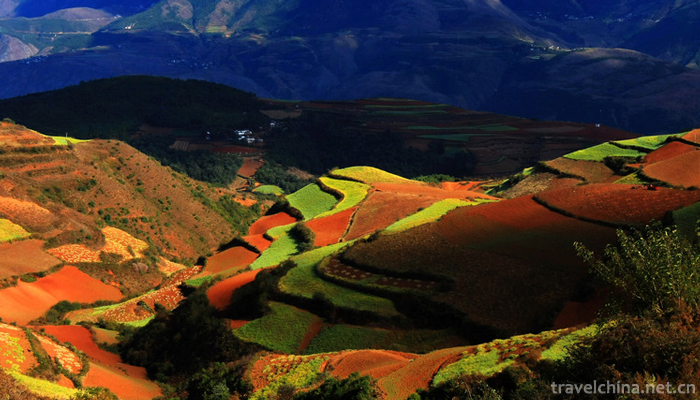
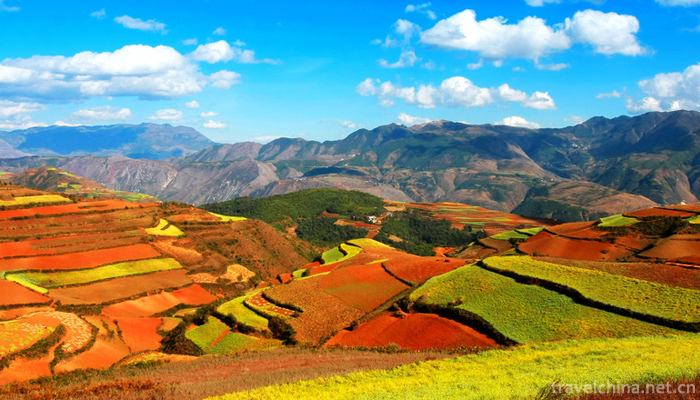
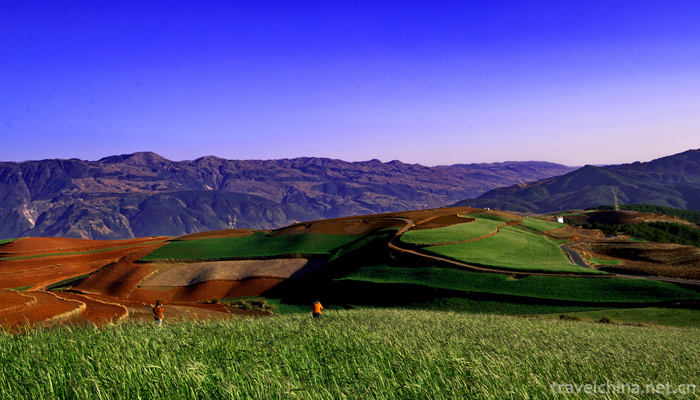
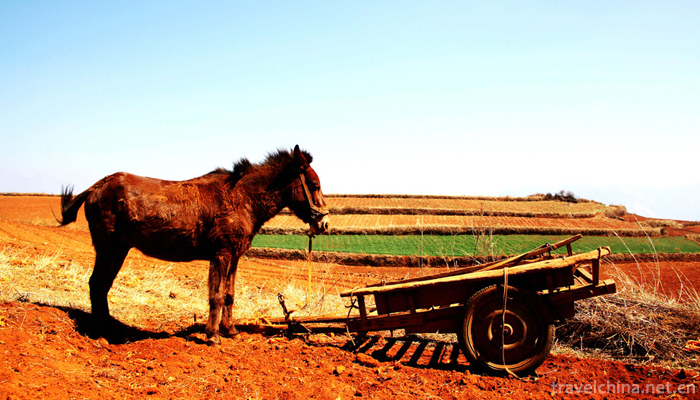
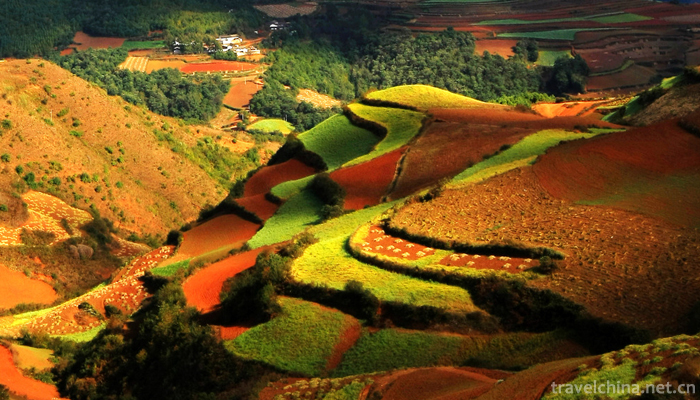
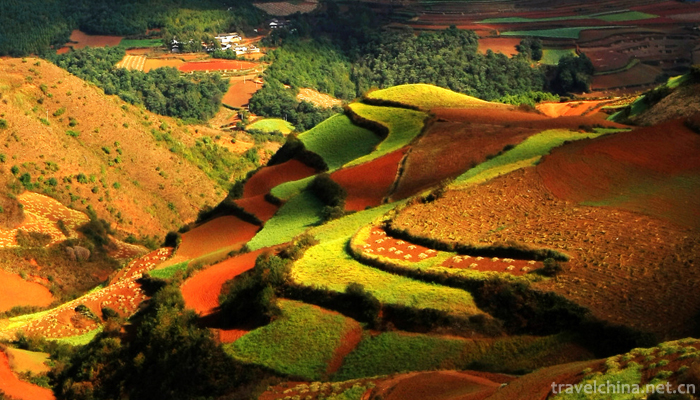
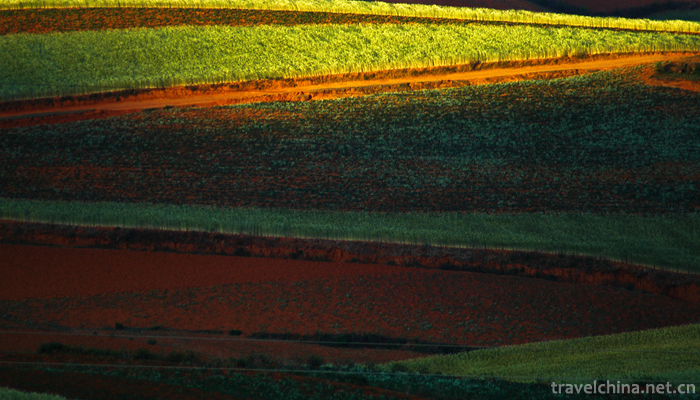
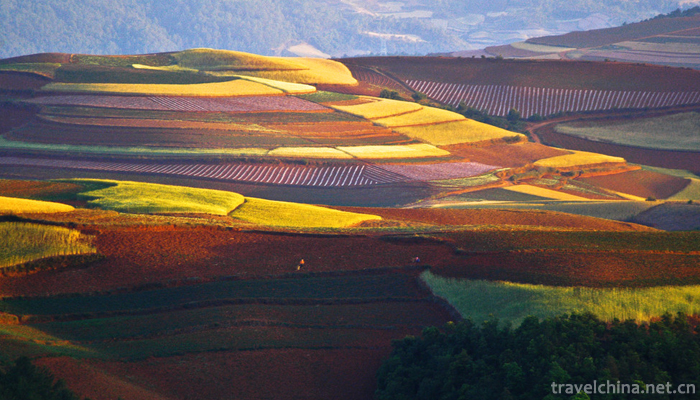
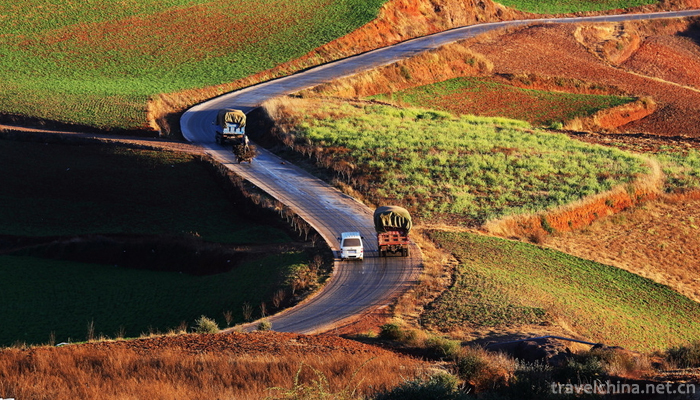
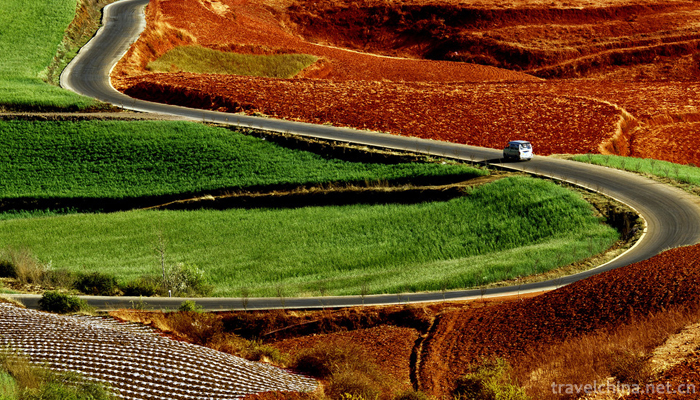
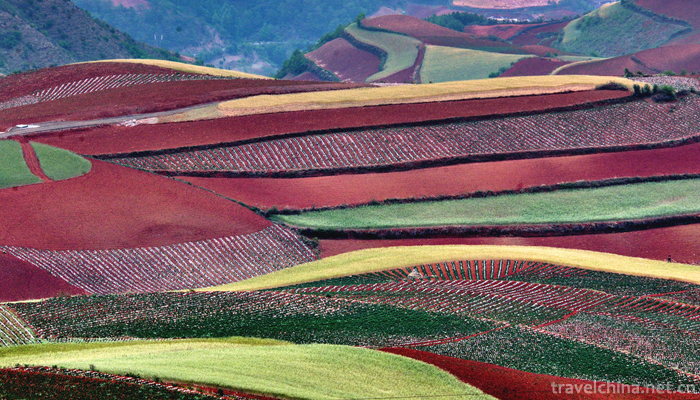
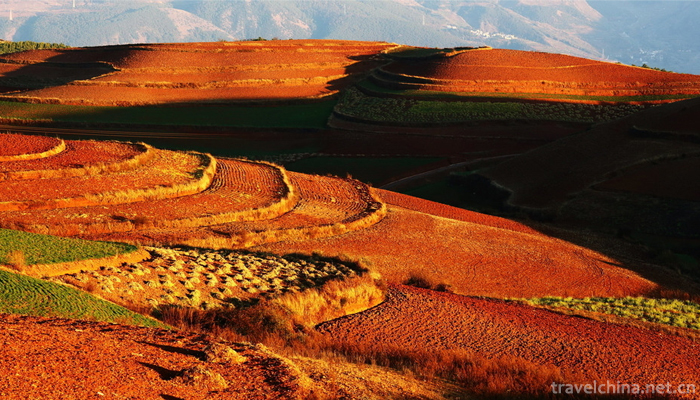
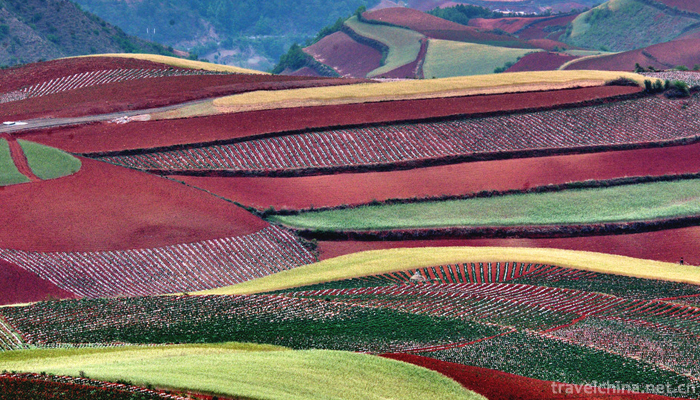
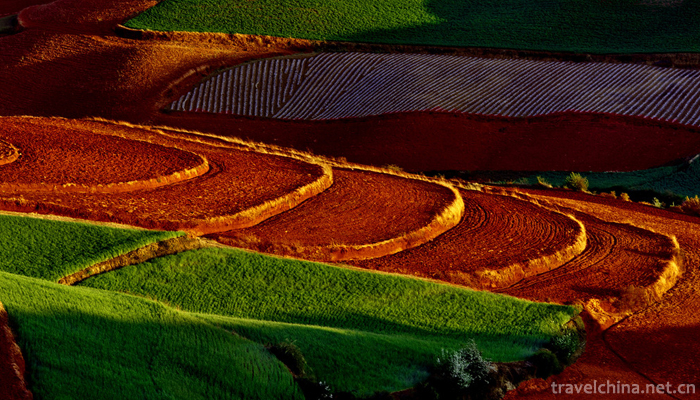
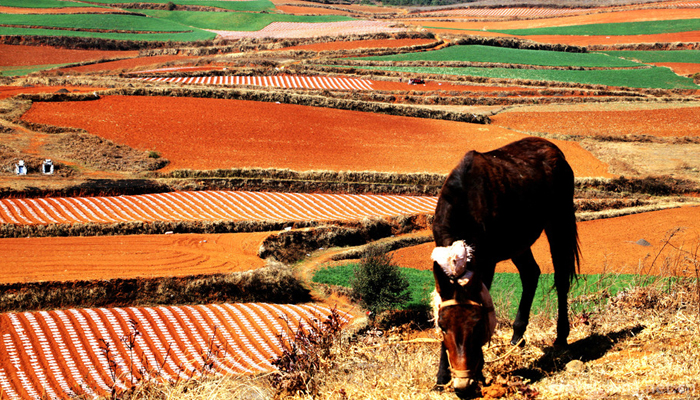
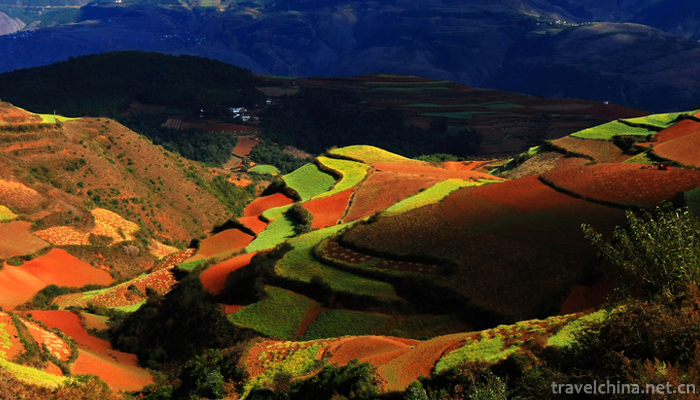
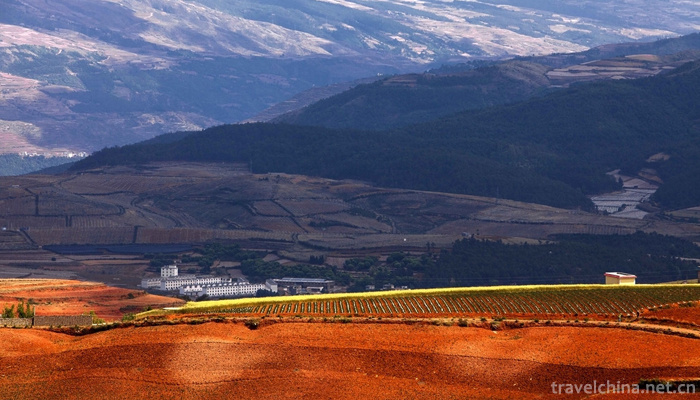
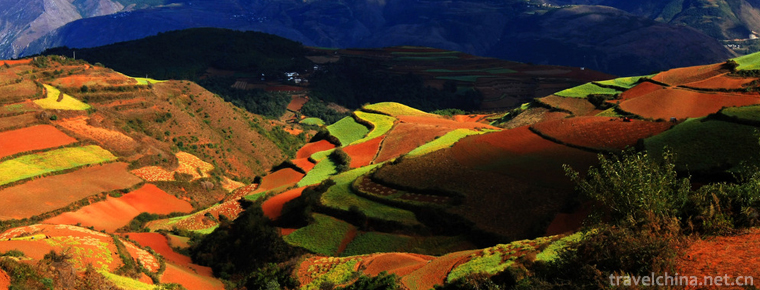
Dongchuan Red Land Scenic Area
-
White cut chicken
White cut chicken, also known as white cut chicken, is the most common dish in Guangdong cuisine. It is a kind of chicken dipping. Its characteristics are simple and easy to prepare, without batching
Views: 260 Time 2018-11-02 -
Shantou Fangte Happy World Blue Mercury Theme Park
Shantou Fangte Happy World Blue Mercury Theme Park is the first participatory high-tech theme park in eastern Guangdong with science fiction as its theme, integrating entertainment,
Views: 234 Time 2019-02-08 -
Taoyuan Xiangu Natural Scenic Area
Beijing Taoyuan Xiangu Scenic Spot is a national AAAA-level scenic spot. It is 90 kilometers away from Beijing. It starts from the West Bank of Miyun Reservoir in the East and reaches the top of Guanf
Views: 167 Time 2019-02-13 -
Tianta Lake Scenic Area
Tianta Lake Scenic Spot is located in the south of Tianjin City, close to the water park scenic spot, is the main attraction of Tianjin Radio and Television Tower. Tianta is the Tianjin Radio and Tele
Views: 251 Time 2019-02-21 -
Carpet Weaving Techniques
Uygur carpet is a handicraft with a long history and tradition. It integrates painting, sculpture, knitting, embroidery, printing and dyeing. Characteristic
Views: 128 Time 2019-04-26 -
Hanju Opera
Han Opera, a local traditional drama in Wuhan, Hubei Province, is one of the national intangible cultural heritage.
Views: 181 Time 2019-05-02 -
Firing Techniques of Jizhou Kiln Ceramics
Jizhou kiln is a treasure of the traditional Chinese ceramic crafts. As a world-famous comprehensive ceramic kiln in Jiangnan (Ji'an, Jiangxi), it has strong local style
Views: 153 Time 2019-05-05 -
Mongolian Wedding
Mongolian young men and women marry on auspicious days, and men give gifts to women's homes. The gifts include cash, clothes, cloth, jewelry, rice and so on. There are cabinets, bedding, clothes, jewe
Views: 164 Time 2019-06-03 -
Traditional Manufacturing Techniques of Preserved Vegetables
Fuling mustard was created in Guangxu 24 years of Qing Dynasty (1898). It has been popular with consumers since it came out, and its influence has been increasing. Fuling traditional handcrafted musta
Views: 173 Time 2019-07-16 -
Luocheng ancient town
Luocheng ancient town, known as "China's Noah Ark", is located in the northeast of Qianwei County, 60 kilometers away from Leshan City and 25 kilometers away from Qianwei county. There are seven ethnic groups, Han, Hui, Yi, man, Tibetan, Li and Miao.
Views: 109 Time 2020-10-15 -
Main scenic spots in Luzhou
Located in Luzhou city. It was built in the 18th year of Shaoxing in the Southern Song Dynasty (1148), in the year of Hongzhi of Ming Dynasty (1488-1505), in the 14th year of Guangxu of Qing Dynasty (1884) and in 1985, and has been well preserved.
Views: 108 Time 2020-12-14 -
Geographical environment of Guangyuan
Guangyuan City is located in the north of Sichuan Province. Its geographical coordinates are 31 ° 31 ′ n to 32 ° 56 ′ N and 104 ° 36 ′ e to 106 ° 45 ′ E. in the north, it borders Wudu County, Wen County, Ningqiang County and Nanzheng County of Shaanxi
Views: 133 Time 2020-12-15
